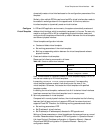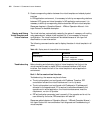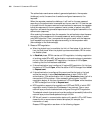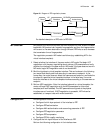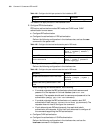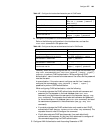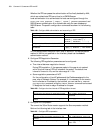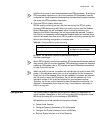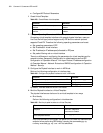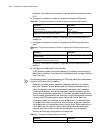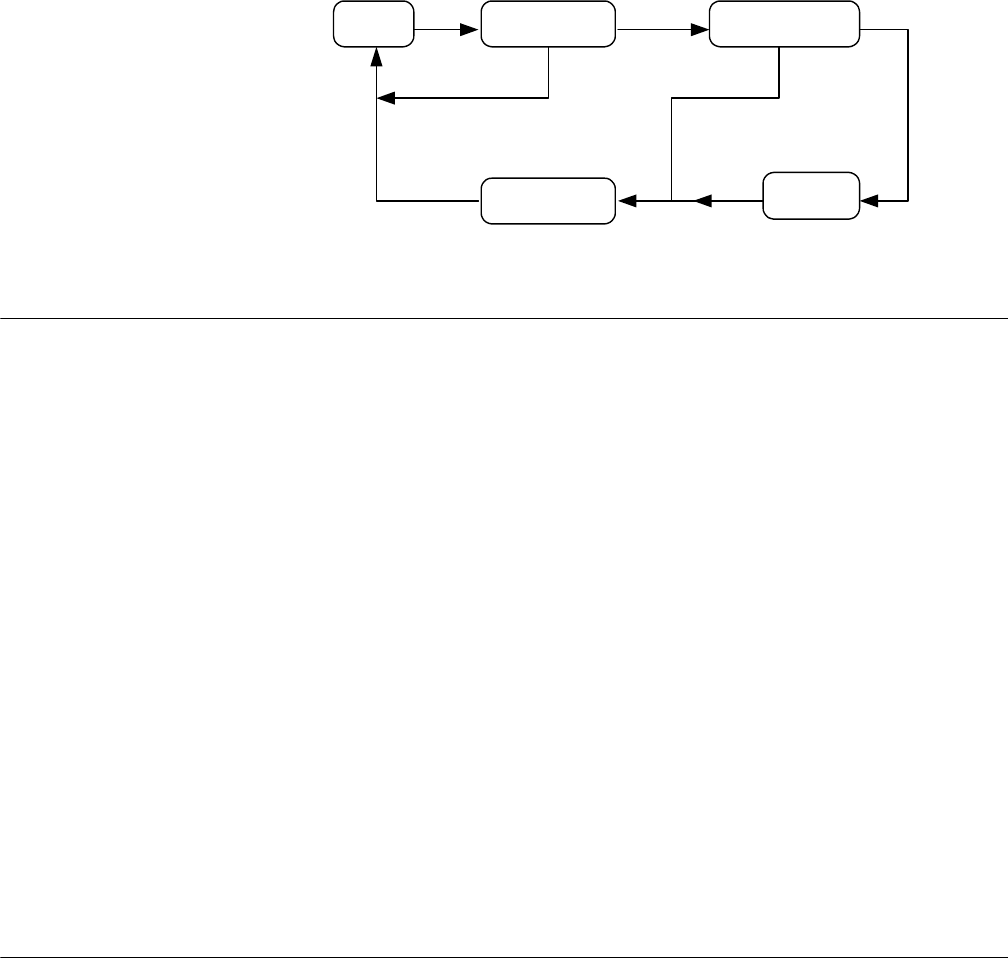
MP Overview 167
Figure 49 Diagram of PPP negotiation phases
For detailed description of PPP, refer to RFC1661.
MP Overview MP protocol (PPP Multilink protocol) can bind multiple PPP links, so as to increase
bandwidth. MP protocol can fragment large packets, and then the fragmentation
will be sent to the same destination through different PPP links, so as to decrease
the transmission time of large packets.
The negotiation process in MP mode is as follows (e.g: establishing MP in the
virtual interface template):
1 Detect whether the interface of the peer works in MP mode. First begin LCP
negotiation with the peer, negotiating about ordinary LCP parameters and verify
whether the interface of the peer works in MP mode. If the peer does not work in
MP mode, begin NCP negotiation and do not bundle MP.
2 Bind the interface to virtual template interface. This can be done in the following
two ways: Bind directly and bind according to username or endpoint. In the
former way, the router does not detect the username and endpoint, and binds the
interface to a specified virtual template interface. In the latter way, the router
binds the interface to the virtual template interface according to the username or
endpoint.
3 Perform NCP negotiation. After the interface is bound to a virtual template, the
router will begin NCP negotiation with the NCP parameters for this virtual
template (such as IP address). The NCP parameters configured at the physical
interface are not functional. If NCP negotiation is successful, MP link can be
established, to transport data with wider bandwidth.
Configure PPP PPP configuration includes:
■ Configure the link layer protocol of the interface to PPP
■ Configure PPP authentication
■ Configure AAA authentication and accounting parameter of PPP
■ Configure PPP negotiation parameter
■ Configure PPP compression
■ Configure PPP link quality monitoring
1 Configure the Link Layer Protocol of the Interface to PPP
Perform the following configuration in the interface view.
Dead Establish Authenticate
Terminate
Network
UP OPENED
FAIL
FAIL
DOWN
CLOSING
SUCCESS/NON





